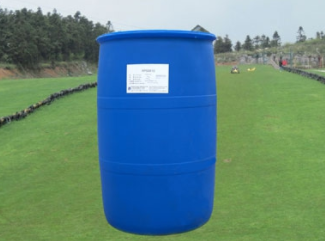During in-situ remediation, the applied biosurfactant may also be adsorbed on the soil, which may also affect the physical, chemical and biological properties of the soil. The presence of biosurfactants will reduce the surface tension of the soil water interface, cause the change of pressure drop in the soil pores, thus causing the change of the distribution of water and air between the soil pores, and ultimately change the original physical properties and redox conditions of the soil, resulting in potential negative effects. The study on the interaction between surfactant and soil environment is very scarce, but it is very worthy of attention and in-depth study.

Surfactin, also known as subtilis ester peptide, is a circulating ester peptide produced by Bacillus subtilis. It is composed of β- Hydroxy- ω- Methylmyristic acid, composed of nine peptides linked by cyclic peptide bonds, is another well-known class of biosurfactants with antimicrobial components.
According to the different amino acid sequences, Surfactans can be divided into three types: Surfactans A, B and C. In the amino acid position, Surfactin-A has L-leucine, Surfactin-B has L-valine, Surfactin-C has L-isoleucine, and the lactone ring related to the amino acid position is composed of C14-C15 β- Hydroxyl fatty acid formation. Bacillus subtilis surfactant is a highly effective biosurfactant. The surface tension of 0. l mol/L sodium bicarbonate solution containing only 0. 005% of Bacillus subtilis surfactant decreases to 27.9 mN/m.
When conducting in-situ repair, the use of biosurfactants will have a certain toxicity and impact on the indigenous microbial population living in it. In addition, because it can be degraded by microorganisms, its metabolites may be more toxic. Therefore, the existence of biosurfactants may cause certain pollution to the environment and increase the burden of environmental pollution. It can be seen that strengthening the research on the potential impact of biosurfactants on the environment and their biodegradation characteristics will provide an important scientific basis for effective control of environmental pollution caused by biosurfactants and rational use of biosurfactants. In the process of on-site surfactant solubilization and repair, a comprehensive biosurfactant toxicity and environmental hazard test must be conducted to ensure the safety of biosurfactants.